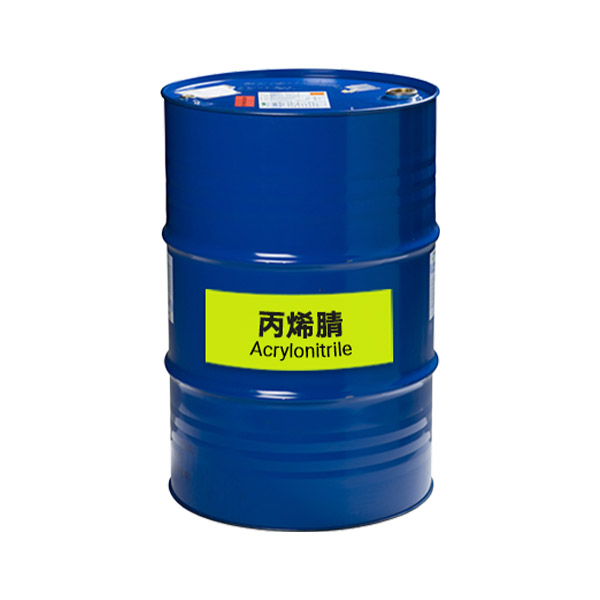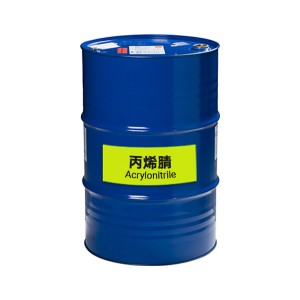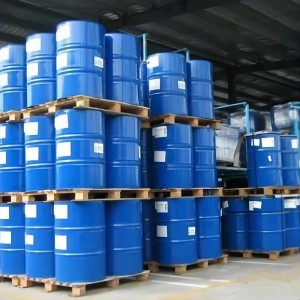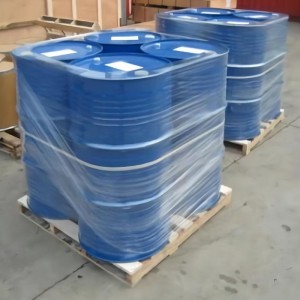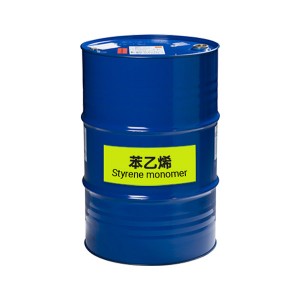
Cov khoom
Acrylonitrile rau styrene-acrylonitrile
Acrylonitrile rau styrene-acrylonitrile,
Acrylonitrile rau resins, Acrylonitrile rau SAN resins,
Khoom nta
| Khoom npe | Acrylonitrile |
| Lwm Lub Npe | 2-Propenenitrile, Acrylonitrile |
| Molecular Formula | C3H3N |
| CAS Nr | 107-13-1 : kuv |
| EINECS No | 203-466-5 : kuv |
| UN NO | 1093 ib |
| Hs Code | 292610 000 Nws |
| Molecular hnyav | 53.1 g / mol |
| Qhov ntom | 0.81 g / cm3 ntawm 25 ℃ |
| Boiling point | 77.3 ℃ |
| Melting point | -82 ℃ |
| Vapor siab | 100 torr ntawm 23 ℃ |
| Solubility Soluble nyob rau hauv isopropanol, ethanol, ether, acetone, thiab benzene conversion yam | 1 ppm = 2.17 mg/m3 at 25 ℃ |
| Purity | 99.5% |
| Qhov tshwm sim | Colorless pob tshab kua |
| Daim ntawv thov | Siv rau hauv kev tsim cov polyacrylonitrile, nitrile roj hmab, dyes, hluavtaws resins |
Certificate of Analysis
| Kuaj | Yam khoom | Txuj kev tshwm sim |
| Qhov tshwm sim | Colorless pob tshab kua | |
| Xim APHA Pt-Co : ≤ | 5 | 5 |
| acidity (acetic acid) mg/kg ≤ | 20 | 5 |
| PH (5% aqueous tov) | 6.0-8.0 Nws | 6.8 |
| Titration tus nqi (5% aqueous tov) ≤ | 2 | 0.1 |
| Dej | 0.2-0.45 Nws | 0.37 ib |
| Aldehydes tus nqi (acetaldehyde) (mg / kg) ≤ | 30 | 1 |
| Cyanogens tus nqi (HCN) ≤ | 5 | 2 |
| Peroxide (hydrogen peroxide) (mg / kg) ≤ | 0.2 | 0.16 |
| Fe (mg / kg) ≤ | 0.1 | 0.02 ib |
| Cu (mg / kg) ≤ | 0.1 | 0.01 ib |
| Acrolein (mg / kg) ≤ | 10 | 2 |
| Acetone ≤ | 80 | 8 |
| Acetonitrile (mg / kg) ≤ | 150 | 5 |
| Propionitrile (mg / kg) ≤ | 100 | 2 |
| Oxazole (mg / kg) ≤ | 200 | 7 |
| Methylacrylonitrile (mg / kg) ≤ | 300 | 62 |
| Acrylonitrile Cov ntsiab lus (mg / kg) ≥ | 99.5 ua | 99.7 ua |
| Ua haujlwm kub (ntawm 0.10133MPa), ℃ | 74.5-79.0 Nws | 75.8-77.1 ib |
| Polymerization inhibitor (mg / kg) | 35-45 : kuv | 38 |
| Xaus | Cov txiaj ntsig tau ua raws li kev lag luam sawv ntsug | |
Pob thiab xa khoom
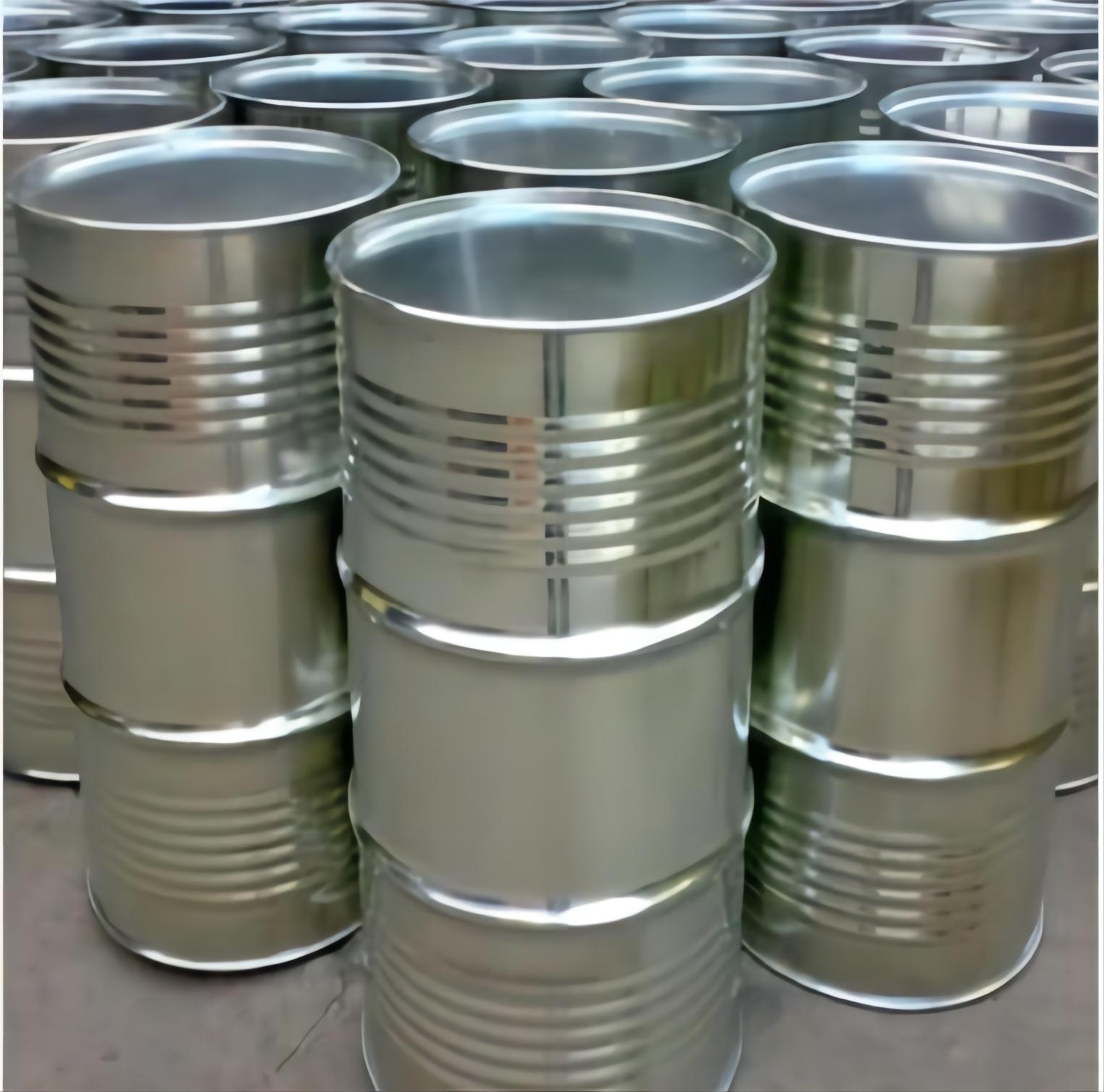
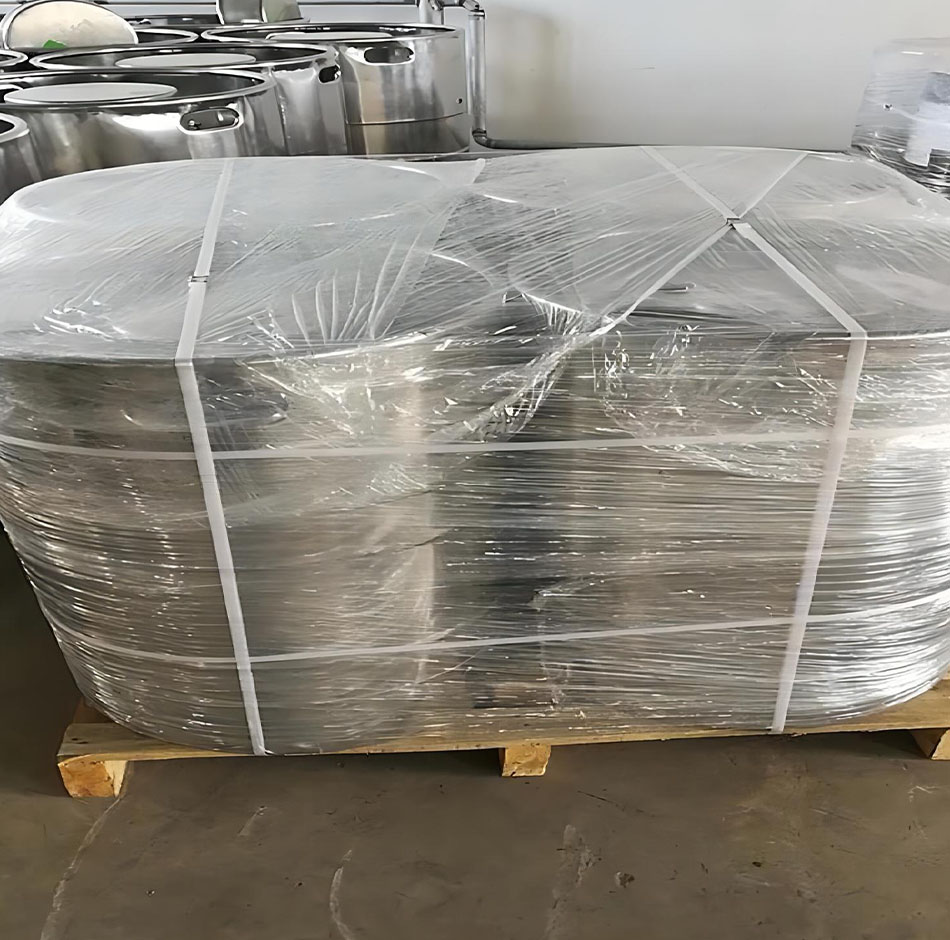
Khoom siv
Acrylonitrile yog ua lag luam los ntawm propylene ammoxidation, nyob rau hauv uas propylene, ammonia, thiab cua yog reacted los ntawm catalyst nyob rau hauv ib tug fluidized txaj.Acrylonitrile feem ntau yog siv los ua co-monomer hauv kev tsim cov acrylic thiab modacrylic fibers.Kev siv muaj xws li kev tsim cov yas, txheej txheej, nitrile elastomers, barrier resins, thiab cov nplaum.Nws kuj yog ib qho tshuaj nruab nrab hauv cov synthesis ntawm ntau yam antioxidants, tshuaj, dyes, thiab nto-active.
1. Acrylonitrile ua los ntawm polyacrylonitrile fiber, uas yog acrylic fiber.
2. Acrylonitrile thiab butadiene tuaj yeem ua copolymerized los tsim cov roj hmab nitrile.
3. Acrylonitrile, butadiene, styrene copolymerized los npaj ABS resin.
4. Acrylonitrile hydrolysis tuaj yeem tsim acrylamide, acrylic acid thiab nws cov esters.
Styrene-acrylonitrile (SAN) resins yog optically ntshiab resins siv nyob rau hauv ntau yam kev siv kawg suav nrog cov khoom siv hauv tsev thiab cov khoom siv, ntau yam khoom sib xyaw, ntim khoom, khoom siv (hluav taws xob thiab hluav taws xob), kev siv kho mob, thiab qee yam kev siv tsheb.Hauv cov kev lag luam no, SAN yog siv rau nws cov rigidity, clarity (txawm hais tias ntau yam compounded qib yog translucent los yog opaque), gloss zoo heev, tshav kub tsis kam, zoo processability, load-bearing zog, thiab kuj rau tshuaj.Acrylics, polystyrene, polycarbonate, polyvinyl chloride (PVC), thiab ntshiab acrylonitrile-butadiene-styrene (ABS) yog cov SAN resins 'cov neeg sib tw tseem ceeb.SAN resin ntau lawm rau ABS thiab weatherable polymers tsis muaj nyob rau hauv daim ntawv qhia no, thiab tsis yog raug ntes siv styrene thiab acrylonitrile rau SAN-hom polymeric polyols.

